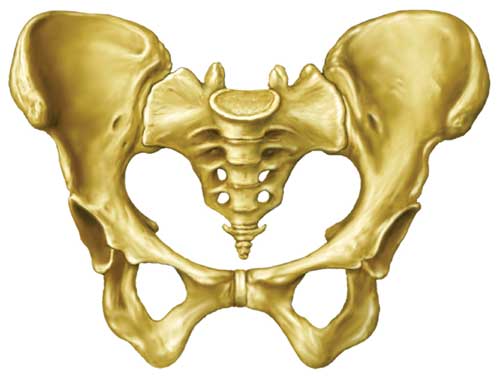This month in BMC Emergency Medicine, an RCT was published looking at the effects of tranexamic acid (TXA) in patients with moderate to severe TBI. Don't get too excited about this one.
What they did:
- Single-center, randomized, double-blind, placebo controlled trial in Thailand between October 2008 to August 2009
- Inclusion:
- Age > 16 AND
- Moderate to severe TBI (post-resus GCS 4-12) AND
- CT scan of the head within 8 hours of injury AND
- No indication for surgery
- Exclusion:
- Pregnant females
- Evidences of coagulopathy
- Platelet count < 100,000
- PT/INR > 1.5 times normal
- aPTT > 10 seconds normal
- Known to be receiving a medicine that effects hemostasis
- Serum creatinine > 2 mg/dL
- Intervention:
- TXA given at a loading dose of 1 gram over 30 minutes followed by 1 gram over 8 hours.
- Primary outcome:
- Progressive intracranial hemorrhage
- Secondary outcomes:
- Death
- Functional status at discharge (using Glasgow Outcome Scale)
- Blood transfusion
- Neurosurgical operation
- Any in-hospital thrombotic events
What they found:
- No differences in
- Rate of progressive ICH → TXA 18% vs control 27% (RR 0.65; 95% CI 0.40-1.05)
- Death → TXA 10% vs control 14% (RR 0.69; 95% CI 0.35-1.39)
- Unfavorable GOS outcome → TXA 18% vs control 23% (RR 0.76; 95% CI 0.46-1.27)
- Rate of thromboembolic events → TXA 0/120 vs control 3/118
What can we take home from this trial?
- Unfortunately, not much. This trial has a significant amount of flaws that do not allow us to draw any hard conclusions. Some flaws that I didn't particularly like are:
- Patients with coagulopathy were EXCLUDED.
- If we know that severe TBI increases incidence of coagulopathy, DIC, etc, then why are we removing them from this trial? The authors state:
"Coagulopathy was a risk factor for developing PIH and mortality in previous studies or recent reports. Hence it was [a] confounding factor to be controlled by exclusion.
- I would argue that this would not be confounding if the subgroups were equally matched in randomization. We are creating a HUGE selection bias by excluding these patients.
- Primary outcome was progressive ICH.
- Can we please get away from focusing on surrogate endpoints? This is not a patient-centered endpoint and, furthermore, it would be useless to think a drug/intervention was effective if it reduced a surrogate endpoint but increased death.
- All patients with head injuries were included -- multiple trauma, isolated, etc.
- Including patients with multiple trauma of varying degree makes it extremely hard to draw conclusions on treatment effect due to confounding factors from other variable injuries. The *perfect* trial would be one that only includes isolated head injuries.
- Randomization of this trial was competed over 4 years ago and it's just being published now?
- Seems fishy.
- What we can take home is that administration of TXA probably does not increase incidence of thromboembolic events in this very select group of patients with TBI.
Bibliography:



